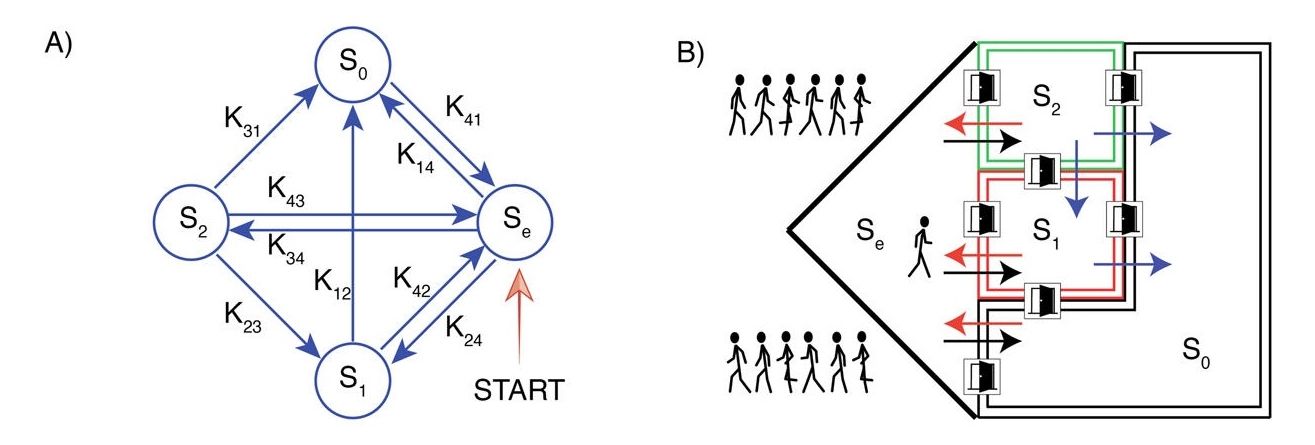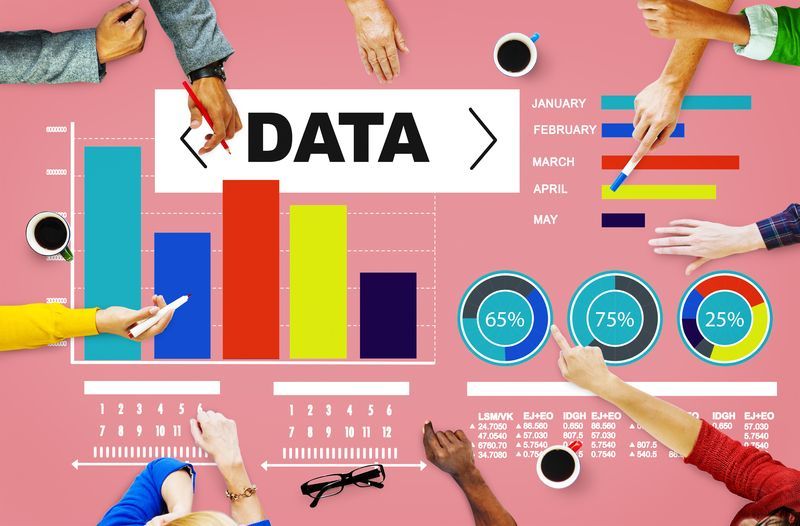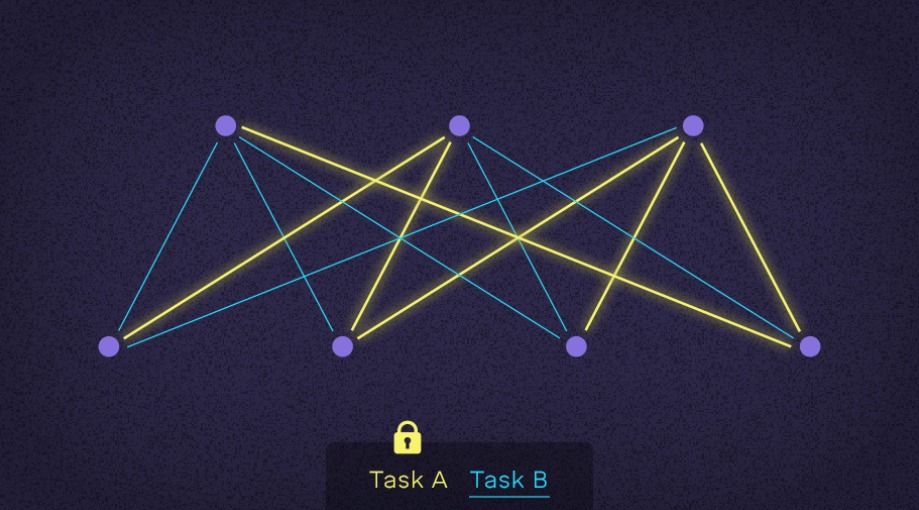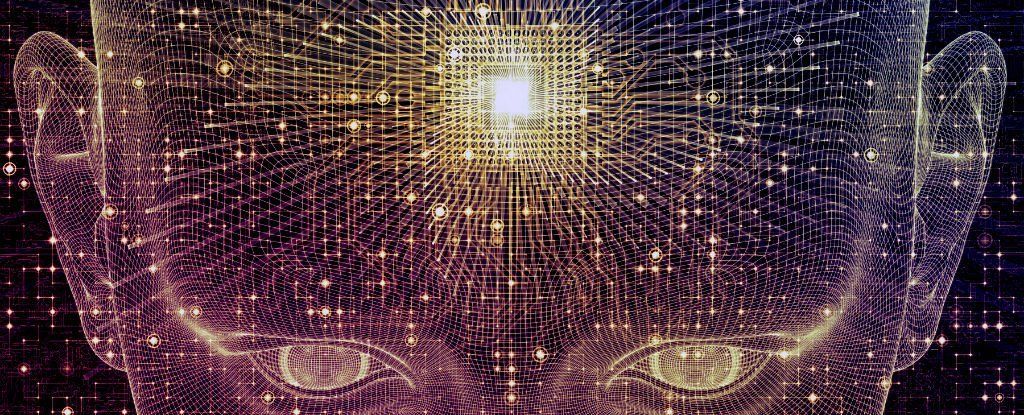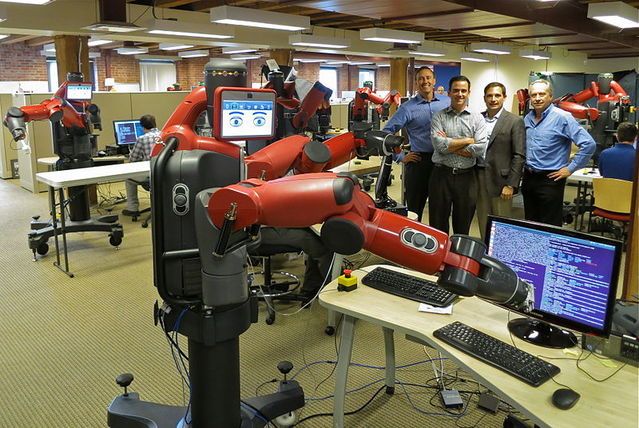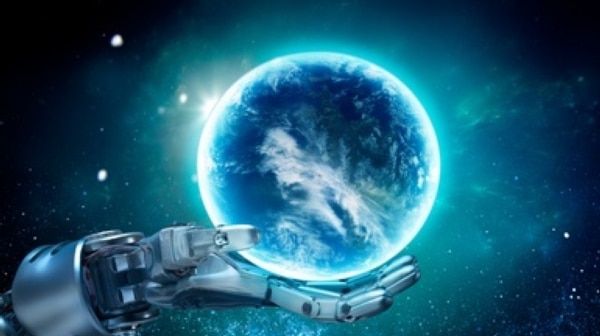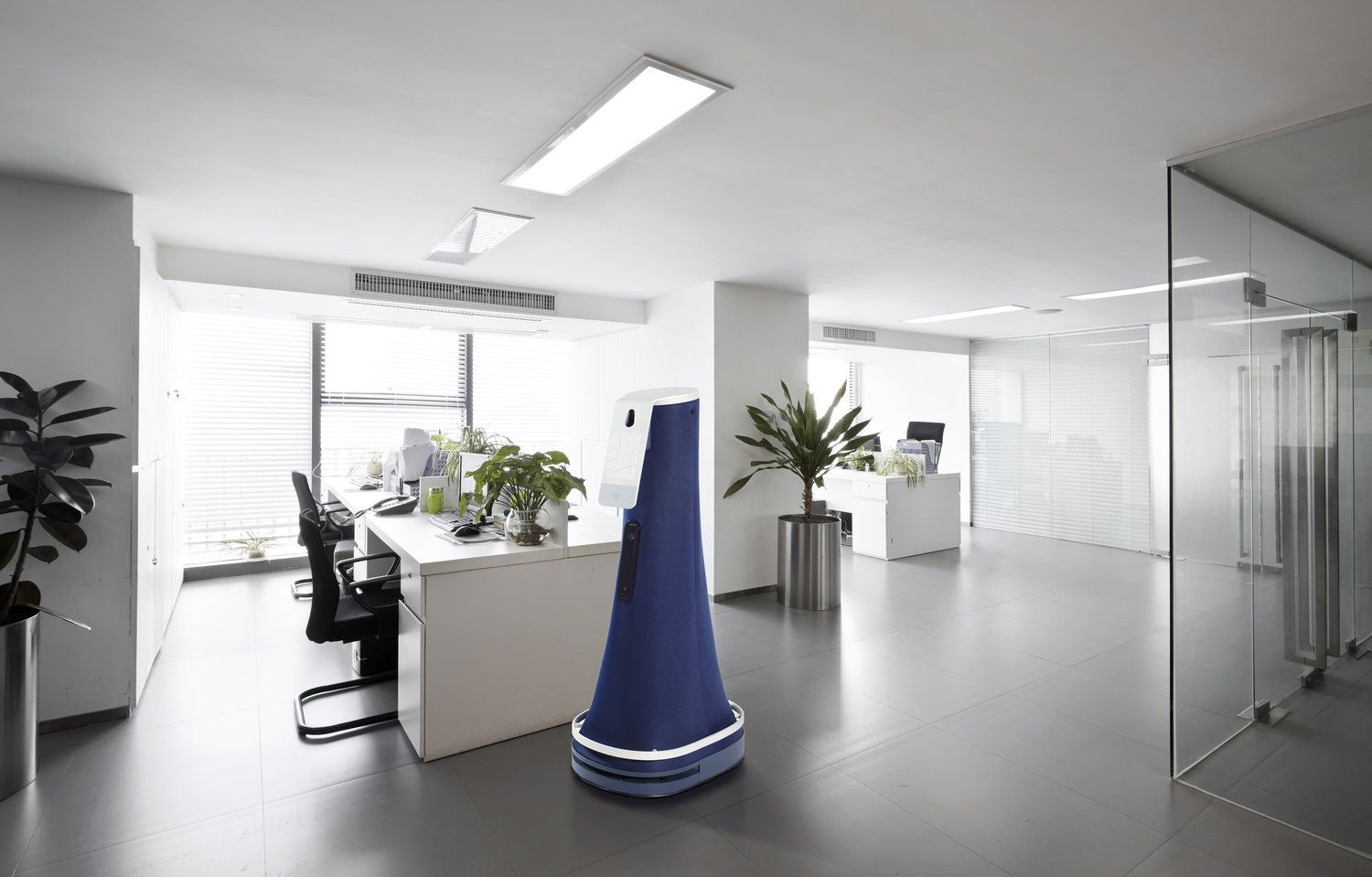Historian Yuval Noah Harari makes a bracing prediction: just as mass industrialization created the working class, the AI revolution will create a new unworking class.
The most important question in 21st-century economics may well be: What should we do with all the superfluous people, once we have highly intelligent non-conscious algorithms that can do almost everything better than humans?
This is not an entirely new question. People have long feared that mechanization might cause mass unemployment. This never happened, because as old professions became obsolete, new professions evolved, and there was always something humans could do better than machines. Yet this is not a law of nature, and nothing guarantees it will continue to be like that in the future. The idea that humans will always have a unique ability beyond the reach of non-conscious algorithms is just wishful thinking. The current scientific answer to this pipe dream can be summarized in three simple principles:

